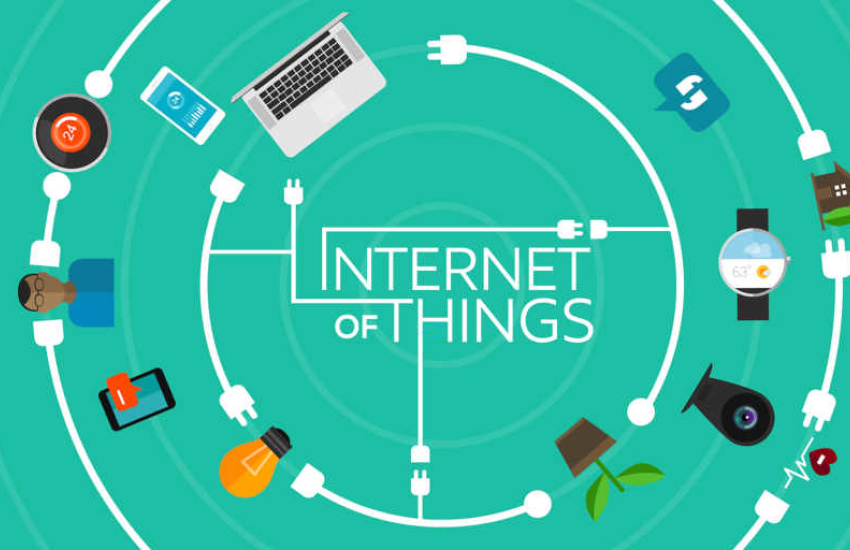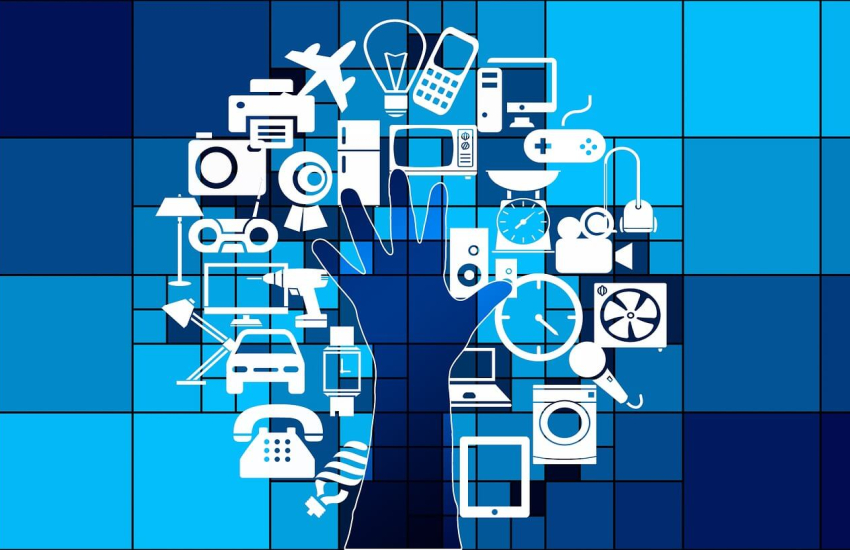How to Monitor Data on IoT Devices: Ensuring Seamless Connectivity
IoT, short for the Internet of Things, connects devices in an invisible web over the internet. It allows devices to communicate with each other online.
This isn't only about computers and smartphones. Watches, thermostats, cars, and even light bulbs can use IoT. For instance, imagine your fridge noticing you're low on milk. It can send you a reminder to buy more. This is IoT at work. It turns ordinary items into smart and connected tools that can readily simplify our lives.
However, these devices need to be kept in check. It requires continuous tracking and management of connected devices in an IoT network.
Why is it so important to keep an eye on the data from IoT devices? First of all, these devices are everywhere. Starting from your smart thermostat at home to the sensors in a factory. Since they collect tons of data, it is important to keep track of them to ensure they run smoothly. In this article, we will discuss how to monitor data on IoT devices.
Understanding IoT Device Data Monitoring

Data monitoring is key in the world of technology today. It involves keeping an eye on the data collected by various devices. This process helps in many ways. You can improve how devices work, make smart decisions ahead of time, and improve the experience for users.
You can also make choices right away based on what the data shows. For example, think about a smart thermostat. By checking its data, you can make heating and cooling systems more efficient. Or consider a fitness tracker. By looking at the data it gathers, you can advise on health and exercise tailored to the user.
Challenges in Monitoring Data on IoT Devices
It can be a bit challenging to monitor data on IoT devices. First of all, the big issue is the huge pile of data these devices generate. It can be tough to handle and make sense of all this information.
Another problem is the variety of devices and technologies used. They often have different standards and protocols, which makes it hard to integrate and monitor them as a whole.
Security is another big concern. As many devices are connected, keeping data safe from hackers is getting more and more challenging. Also, the devices are spread out in different locations. This makes it harder to maintain and update them. Despite these challenges, finding ways to effectively monitor IoT devices is crucial for making the most of their capabilities.
Best Practices for Ensuring Seamless Connectivity in IoT Data Monitoring

To keep IoT data monitoring smooth, the user can apply a mix of strategies. Picking a platform that can manage many IoT devices and their data is obviously the first step. This platform needs to adjust as your requirements grow.
Having a dependable network is key. It should be robust and secure for uninterrupted data flow. Investing in solid network infrastructure and opting for trusted connectivity options like Wi-Fi, LTE, or 5G is beneficial.
Using uniform data protocols makes it easier to collect and analyze data from a variety of devices. This approach aids in combining devices from various producers. You can't ignore security. Applying tough encryption for data moving or storing is necessary. Devices and systems should get regular updates to fend off threats. This approach secures your data from unwanted access. Keeping software and devices up to date is equally important. It ensures they function correctly and stay secure. Continuous performance checks of the system let you identify and solve problems early.
Tools and Technologies for Monitoring Data on IoT Devices
For keeping an eye on IoT device data, a variety of tools and tech are out there. Let’s have a look at the tools available:
- Software Platforms: These platforms often include features for analyzing, processing, and visualizing data. They can handle data from many sources.
- Cloud-based Services: Cloud services provide the power to store and analyze large amounts of data without needing physical servers. This can help in predicting trends and making decisions based on data.
- Security Tools: These can detect threats and performance issues in real time. They help in keeping the IoT ecosystem safe and running smoothly.
- Device Management Tools: They assist in updating device firmware, running diagnostics, and sorting out any possible issues
- Connectivity Management Tools: The only job of these tools is to keep IoT devices connected. They make sure devices stay online, and data flows smoothly.
- Custom development tools: These tools and libraries let developers create unique IoT monitoring applications. They use programming languages like Python and JavaScript.
Case Studies and Examples
The safety of workers on oil and gas (O&G) extraction sites has become a leading priority due to the many risks involved. A Fortune 500 O&G company in the U.S. is committed to enhancing the safety of its workers who operate onsite. This decision has led them to upgrade their safety monitoring systems. They have equipped their drilling rigs with various sensors. These sensors measure important factors such as well pressure, flow rate, and temperature. The data from these sensors is sent to a third-party data vendor.
This setup allows the company's operations team to monitor important status indicators. They look for any unusual readings that might indicate a danger to their workers or any equipment involved. They achieve this through dashboards that are provided by the web application they are using from the third-party vendor.
To improve their ability to monitor and predict conditions at their drilling sites, the O&G company has developed a new data streaming framework. This framework can handle the large amounts of data generated by their IoT sensors in real time. It also ensures a unified view of the data for everyone involved. From their internal teams to their third-party vendors, their network of contractors and subcontractors can also view it.
Security Considerations in IoT Data Monitoring
Security in IoT data monitoring cannot be overstated. IoT devices are continuously open to cyber threats due to their constantly connected nature. Keeping data safe from those not meant to see it and making sure the data stays unaltered are big concerns. Therefore, using encryption methods can provide a possible solution. It protects data as it moves, making it hard for unwanted parties to grab it. Safeguarding stored data, whether on devices or online, also keeps out unauthorized access.
Making sure only the right devices and people can get to the network and data is crucial. This may mean using several steps of verification or digital certificates. Keeping software up to date is another must-do. It guards against known weak spots. IoT devices often run around the clock, which could make them easy targets if they're not regularly updated.
Adding network security tools like firewalls and systems that spot intrusions gives extra safety. They watch over network traffic, following the rules set by the organization. Not to forget, the actual physical security of IoT devices matters, too. If someone can physically get to a device, they might access its data. Keeping devices in secure places where only certain people can get to them is as necessary as protecting against digital threats.
Future Trends in IoT Data Monitoring and Connectivity
As we look to the future, the view of IoT data monitoring is brimming with potential. The push into advanced analytics and machine learning stands to revolutionize data analysis. We can expect to see improvements in predictive maintenance and more informed decisions made swiftly as data flows in. With the wider availability of 5G, the speed and reliability of connections will significantly improve. This is key for processing data on the fly and managing IoT devices from afar, especially in areas critical to safety and efficiency, like self-driving cars and healthcare services delivered from a distance.
Edge computing is gaining momentum. This approach processes data nearer to its source rather than transmitting it to distant data centers. It aims to decrease latency, conserve bandwidth, and quicken response times, essential for immediate data analysis and action. Blockchain's role in IoT is expanding, promising secure data exchange. It guarantees data integrity and builds trust among devices and stakeholders, which is crucial for managing supply chains, executing smart contracts, and safeguarding privacy.
There's also a heightened emphasis on sustainability within IoT. Efforts are underway to make devices more energy-efficient and utilize IoT for monitoring and reducing energy use across industries. These trends suggest a future where IoT data monitoring and connectivity are more seamlessly integrated.
Conclusion
In conclusion, monitoring IoT ensures seamless data flow, enhanced decision-making processes, and a securely connected environment. Keeping up with new trends like deep data analysis, the spread of 5G, and computing at the edge ensures data monitoring is both strong and safe. This approach doesn't just boost how well things run. It also sparks new ideas. It sets the stage for a future where IoT blends smoothly into all parts of life.


